glaser
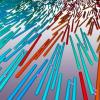 We study a physical model of filaments, crosslinking motors, and static crosslinkers to dissect the microscopic mechanisms of active stress generation in a two-dimensional system of orientationally aligned rods.
We study a physical model of filaments, crosslinking motors, and static crosslinkers to dissect the microscopic mechanisms of active stress generation in a two-dimensional system of orientationally aligned rods.- Microscopic motor activity causes polarity-dependent interactions between motor proteins and microtubules in reconstituted cytoskeletal active matter.
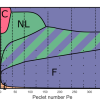 Non-equilibrium active matter made up of self-driven particles with short-range repulsive interactions exhibits collective motion and nonequilibrium order-disorder transitions.
Non-equilibrium active matter made up of self-driven particles with short-range repulsive interactions exhibits collective motion and nonequilibrium order-disorder transitions.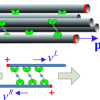 Microtubules and motor proteins can form new “bioactive” liquid-crystalline fluids that are intrinsically out of equilibrium and which display complex flows and defect dynamics.
Microtubules and motor proteins can form new “bioactive” liquid-crystalline fluids that are intrinsically out of equilibrium and which display complex flows and defect dynamics.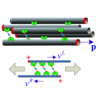 Robert Blackwell's paper (with Tony Gao) "Multiscale polar theory of microtubule and motor-protein assemblies" was published in Physical Review Letters.
Robert Blackwell's paper (with Tony Gao) "Multiscale polar theory of microtubule and motor-protein assemblies" was published in Physical Review Letters.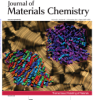 Many soft-matter and biophysical systems are composed of monomers that reversibly assemble into rod-like aggregates that can then order into liquid-crystal phases.
Many soft-matter and biophysical systems are composed of monomers that reversibly assemble into rod-like aggregates that can then order into liquid-crystal phases.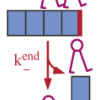 Proteins from the kinesin-8 family promote microtubule depolymerization, a process thought to be important for the control of microtubule length in living cells.
Proteins from the kinesin-8 family promote microtubule depolymerization, a process thought to be important for the control of microtubule length in living cells.

